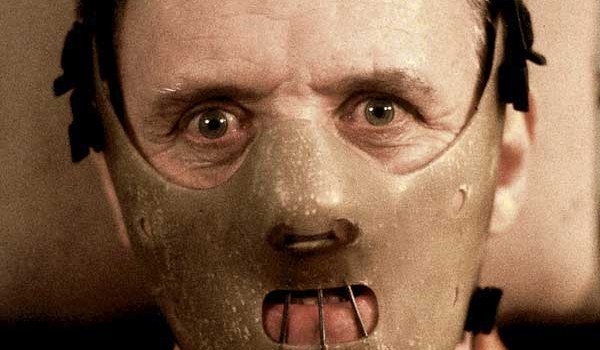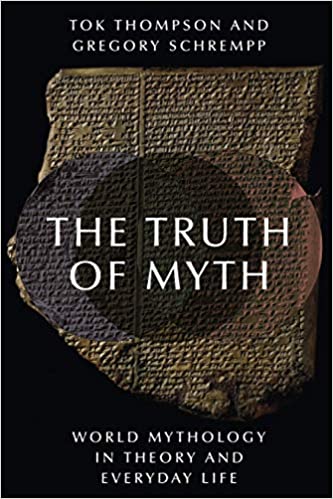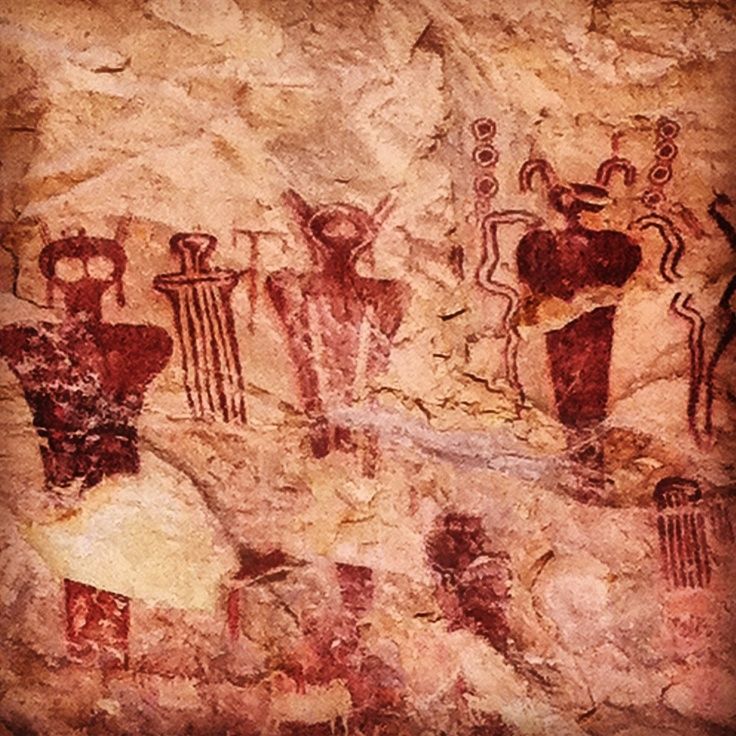Jack the Ripper; A Man or A Myth?
An interview with Retired British Murder Squad Detective Trevor Marriott.
In the autumn of 1888 a series of brutal murders in the East End of London lit a flame that sent shockwaves reverberating around the civilized world and caused a scandal that struck right at the heart of the British establishment.
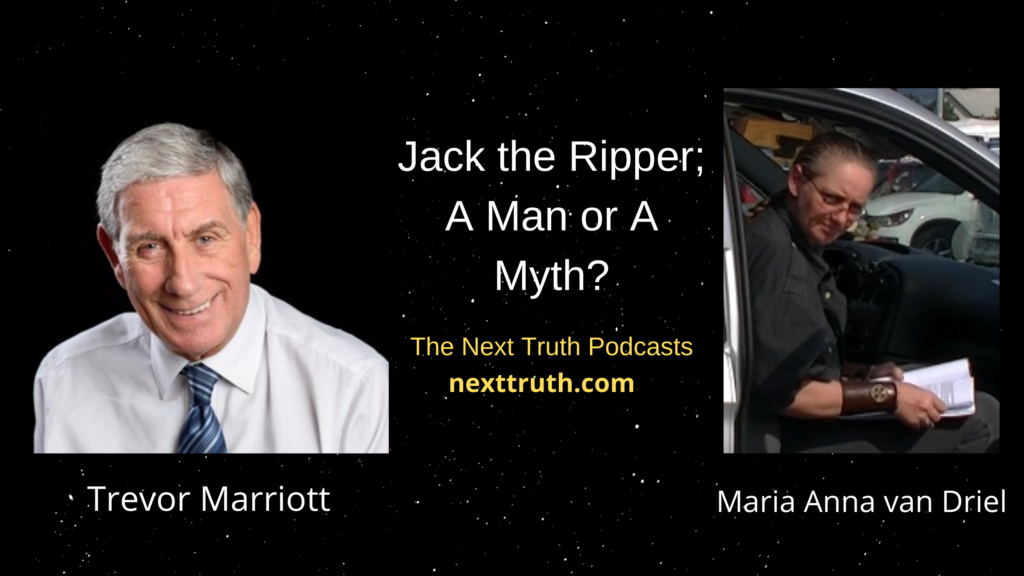
During the 1880s, the city of London was in parts a dirty, rotten, festering maze of slums replete with wandering gin addicts and foul-mouthed harlots and was experiencing a population explosion, with immigrants from around the world coming to the great city to find work.
But it wasn’t exactly the land of hope and glory for everybody, and some of the streets in the poorer East end of the city were a long way from being a yellow brick road.
This is where our man Jack the Ripper chose to ply his trade.
I am your host Maria Anna van Driel and you’re listening to “The Next Truth; Where Science and Myth Meet”. This week I am speaking with retired British murder squad detective Trevor Marriott about what drove this serial killer nabbing mostly working girls from the streets and brutally killing them in 1888 and… did he figured out this mystery of who Jack the Ripper was?
I Was Very Curious to Meet “Him”
Attorney of Law Ms. Karen Conti Weighs In on Her Experience With Serial Killer John Wayne Gacy.
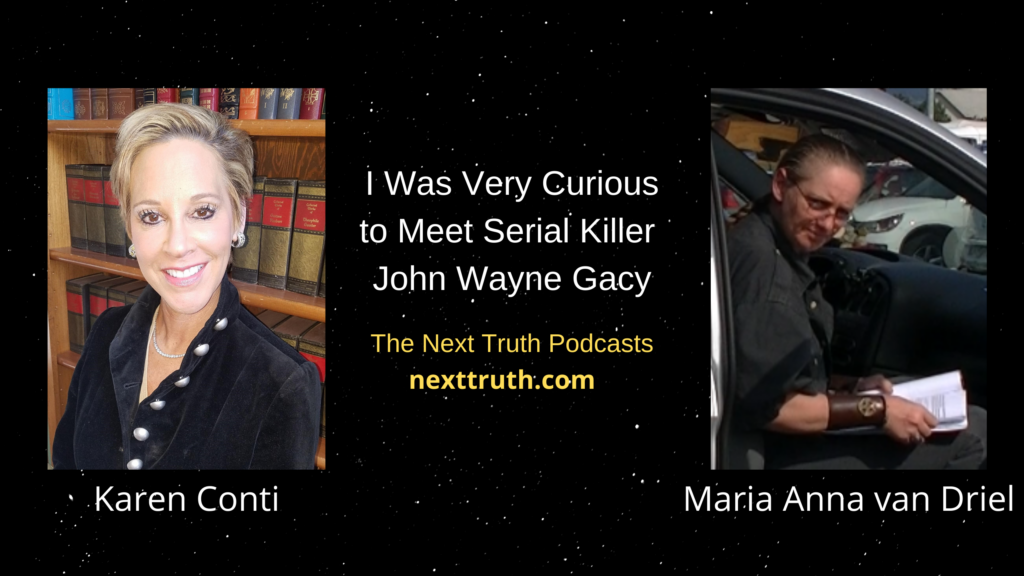
Clowns, they were once figures of innocent fun, brightly colored jesters performing to laughing children – but the real-life story of killer clown John Wayne Gacy is more disturbing than anything you will see in cinemas.
John Wayne Gacy, aka Pogo the Clown, was one of the most sadistic serial killers in the 1970s. No one could suspect that beneath the colorful makeup a cruel and pitiless murderer was lurking who was luring his young victims back to his home in Norwood Park, Illinois. … killing at least 33 young men and boys.
It was in March of this year that I became tremendously curious to this horrifying case when I encountered Ms. Conti’s story about how she had served as one of John Gacy’s last attorneys as he fought to overturn his pending death sentence that has now become part of America’s true crime hall of fame.
Not only does Ms. Conti know what it is like to look the killer clown in the eye, she is a dynamic and influential attorney in the local and national legal community and has handled of numerous high-profile cases.
I am your host Maria Anna van Driel and you’re listening to “The Next Truth; Where Science and Myth Meet”. This week I am speaking with Ms. Karen Conti about how the story of a young lawyer, whose client turned out to be a sadistic serial killer wearing a painted smile, begins.
[Top]“I had 6 wonderful years at Indiana University doing research as a graduate student, and I didn’t want to graduate.”
By Maria Anna van Driel, www.medium.com
Can’t you keep your eyes off those twinkling stars that shine so brightly in the night sky? Are you that glued to your telescope that they have to surgically remove you from it? If so, then the astronomy bug has bite you and directed you towards a scientific career in astronomy.
“Children are natural explorers”, Dr. Kafka explains in an interview with The Next Truth. They naturally follow the scientific method of theorizing, experimenting, revising their theories and, experimenting again and come up with a conclusion. Being an explorer seems to be part of who we naturally are.”

So, do you like to build things? Make things work? Write computer programs? Solve equations? “Boldly go where no-one has gone before”?
Well, there are astronomers who do all different things like these while asking the questions, ‘what are the building blocks?’, ‘what are the processes?’ and “what is our place in the universe?” Where do you want to look next?
Read the full article on the website of Medium.com
[Top]Women in Astronomy: Where We’ve Been and Where We’re Going!
An interview with Executive Officer & CEO at AAVSO and Astronomer, Dr. Stella Kafka.
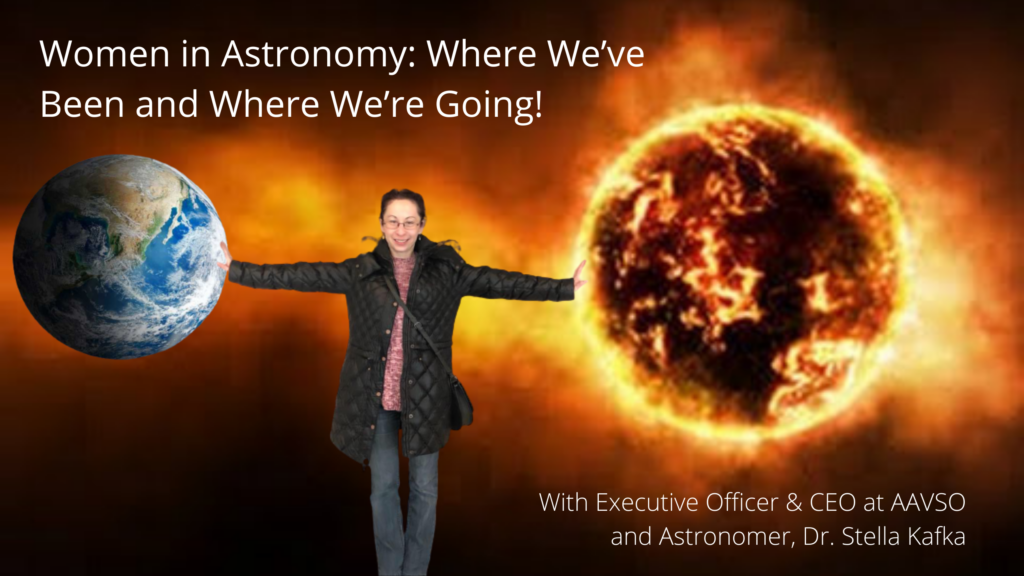
Can’t you keep your eyes off those twinkling stars that shine so brightly in the night sky? Have you read all those books that take you on an incredibly and cool journey through the universe?
Does your bedroom look like a direct copy of our cosmic freezer and, are you that glued to your telescope that they have to surgically remove you from it?
If so, then you were most likely born to have a scientific career in astronomy.
Astronomy, needless to say that this is the scientific study of celestial objects such as stars, planets, comets, and galaxies and, phenomena that originate outside the Earth’s atmosphere such as the cosmic background radiation.
Historically, astronomy has included disciplines as diverse as astrometry, celestial navigation, observational astronomy, the making of calendars, and even, at one time, astrology. But, did you know that, since the 20th century, the field of professional astronomy has split into observational and theoretical branches?
I am your host Maria Anna van Driel and you’re listening to “The Next Truth; Where Science and Myth Meet”. This week I am speaking with Executive Officer & CEO at AAVSO, STEM promoter and Astronomer, Dr. Stella Kafka, and discus with her the fascinating science of Astronomy and, the importance and influence of female scientists.
[Top]Can we Locate the Source of a Mysterious and Blood Curdling Noise called, The HUM
An interview with ethnographic researcher and HUM expert, Dr. Glen MacPherson.
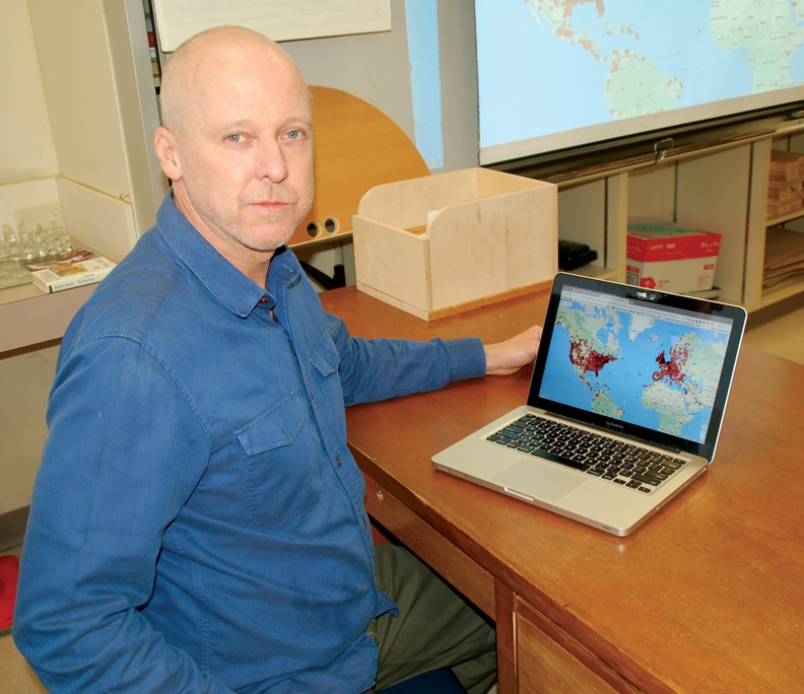
Do you ever hear a noise, not a bump in the night but, a mysterious, constant and very low frequency noise? If so, you may be one of an estimated 2% of the global population that can hear “The Hum”.
These strange noises, reported by many, can become that loud for your ears to pick it up as an odd ringing sound. Second, is nauseating. And thirdly, if it is really bad, it actually feels like your brain is being squeezed.
The Hum is the name given to an ominous and very mysterious deep-rumbling noise that can reportedly be heard by thousands of individuals across the globe.
The Hum, a very low-pitched rumbling sound, kind of like a diesel-engine truck idling in the distance, does not appear to be a single phenomenon. Different causes have been attributed, including local mechanical sources, often from industrial plants, as well as manifestations of tinnitus or other biological auditory effects.
But no matter how hard people search, no one has been able to locate the source of the sound, and it sounds like it’s coming from all directions equally.
I am your host Maria Anna van Driel and you’re listening to “The Next Truth; Where Science and Myth Meet”. This week I am speaking with ethnographic researcher, and high school teacher of physics, mathematics, psychology, general science, and biology, Dr. Glen MacPherson and discus with him what might be the source of one of the most mysterious and blood curdling noises people have heard in their lives…The HUM.
[Top]What Turns Your Hamburger Into…Poop?!
An interview with practicing Gastroenterologist and Hepatologist, Dr. Sameer Islam who was standing outside of his practice at the moment The Next Truth interviewed him.
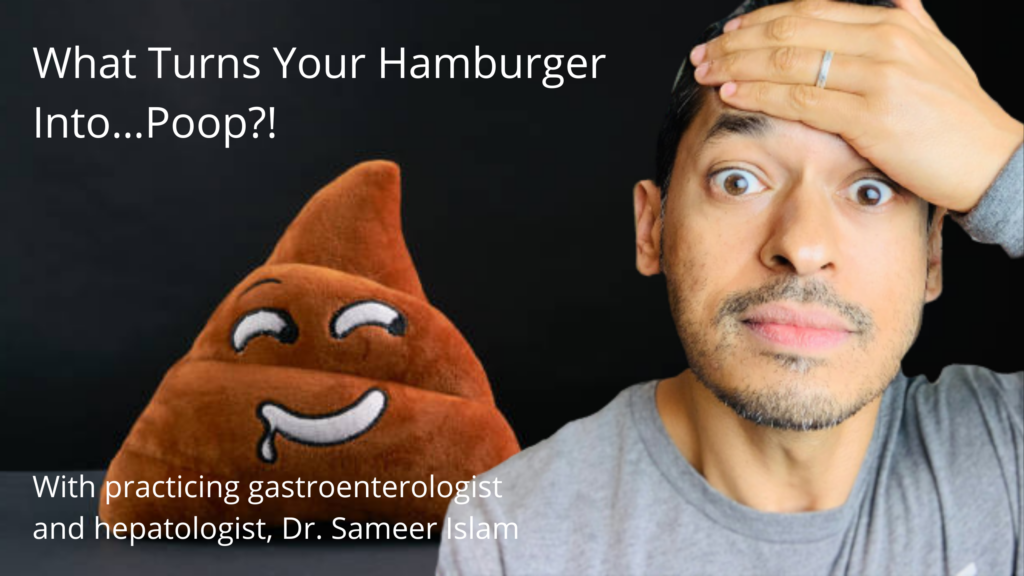
Ridiculous as it might sound to some of you but, ‘poop’ has a history too. No, not this brown smelly stuff that you find after visiting the bathroom but the word itself.
According to Eric Partridge in his excellent book of word origins (Origins: A Short Etymological Dictionary of Modern English), “poop” comes from the Middle English word “poupen” or “popen”, and it originally meant “fart.” The word was based on the sound of a fart.
But what is it that makes us poop and fart this often? Why does it sometimes smell that bad and others times it seems as if it does not have a smell at all? And, how does the steak on our plate or the drinks we drink, being turned into this brown smelly stuff we call ‘poop’?
By the way, did you know that whale poop is used by microorganisms to photosynthesize and produce oxygen?
I am your host Maria Anna van Driel and you’re listening to “The Next Truth; Where Science and Myth Meet” and this week I am speaking with practicing gastroenterologist and hepatologist, Dr. Sameer Islam and take with him an astonishing journey through the sewers of the human body, our intestinal system. And see if we can answer this question, which valuable information does our poop hold about our health?
[Top]The Antisocial Behaviour of a Psychopathic Serial Killer; Does its Origin Lies in an Evolutionary Defect?
By Maria Anna van Driel, www.medium.com
Throughout history, humans have committed horrific crimes, which seem to reflect a primordial and animalistic behavior in human survival. But what exactly makes someone a serial killer? Are they the product of bad genes, the victim of environmental factors, or should we look in the direction of an evolutionary defect?
In my article “Pareidolia; Does it Teach us the Difference Between Life and Death With Affection?” I viewed the question if Pareidolia is teaching us what affection is as well if this phenomena has any influence on how we treat both our own emotions and those of others in our adult life’s. Writing a plausible answer to this mind dazzling question made me think about if there is a possibility that the gruesome actions of psychopathic (serial) killers has its origin in the absence of ‘feeling’ the effects in this phenomenon? Meaning, ‘them’ not having the full experiencing of this evolutionary effect in face-recognition, aka Pareidolia, could be the cause of these ‘humanoid predators’ not being able to recognize and acknowledge the human emotions in the facial expressions of their victims?
Killing or Hunting
Ted Bundy, John Wayne Gacy, Jack the Ripper, Jeffrey Lionel Dahmer…the mind of a psychopath is indeed a curious entity. Not only are many of us intrigued by their way of thinking, we also have, in one way or another, a macabre fascination for their grisly actions.
Not that we are taking an example from their actions but more with the question ”What is it that triggers someone to follow a path of violence and committing horrible crimes?” and, “Is it possible to unravel the mind of a serial killer and unlinking the many narrow alleys of this entangled labyrinth they are walking in their mind?”
As with most things in life, the answer to a question is not always a simple yes or no. The same platitude can be applied to the question if someone has the potential of developing the characteristics of that of a psychopathic (serial) killer or not. Although the answer is not that simple, it appears that there is a requirement for a genetic, physical, and social combination for a person to show an antisocial personality disorder (ASPD). Those born with the so called ‘genes’, and possible associated brain structures, of a psychopath are not guaranteed to become one. Likewise, those who suffer some form of childhood trauma or abuse are also not likely to become psychopaths. Is it when both these conditions are merged that psychopathic behavior is presenting itself?
Honestly, I have no concrete answer for what drives these ‘celebrity monsters’ as Prof. Scott Bonn refers to them in his article “What Drives Our Curious Fascination With Serial Killers?” on his blog of Psychology Today.
But, personally, I do agree on the thought that most of us have a ‘phobia-level response’ to violence, as the author Dave Grossman described in his book, “On Killing: The Psychological Cost of Learning to Kill in War and Society”. The human species is not born with the skill to ‘kill’, we are born with the skill to ‘hunt’. Even though these two skills sound different, these behaviours can be seen as one and the same act but viewed from a different angle by means of the situation, and environment, in where ‘the kill’ is taken place. What for us is seen as killing is, for a psychopathic (serial) killer, considered as a hunt. The difference between us ‘hunting’ a deer for food and a psychopathic (serial) killer ‘killing’ his/her victim in a, for instance, sound proof cellar, seems to lie in the thrill of both seeing the ‘target’ suffering and the end results.

Born or Made?
For years, neuroscience and psychology have become progressively focused on the brain differences between individuals and specifically trying to identify what makes someone kill another human being without feeling any regrets and guilt. But, despite the efforts of modern criminology to decode the brain of a typical serial killer, a concrete explanation has not reached yet.
However, while not all killers are psychopaths, psychopathic traits are seen in many of them and may be well a combination of environmental factors and the lack of support in a personal psychological evolution during childhood.
I wonder if severe trauma’s as such can cause the brain making a conscious choice to exclude certain effects when distinguishing between what is ‘dead’ and what is ‘alive’ what in turn can trigger the grisly behavior(s) we see with psychopathic (serial) killers.
It is a thin line indeed! Fortunately, for most of us, taking the life of another is an act we cannot imagine. We have an innate brake system, something which tells us that this is an act we just cannot carry out.

Can we consider this form of ‘defect’ in an evolutionary process during childhood being a reality and thus link their ‘acts’ into their adult lives?
Although the question Have these humanoid predators developed a robotic view what is causing them not being able of recognizing and acknowledging the human emotions in the facial-expressions of their victims might still lie in front of us like an open and abandoned piece of dry desert, the possibility of the brain learning how to make a clear distinguish between something being alive or dead by means of the effects in Pareidolia, should not be ignored when trying to decode the behavior of a psychopathic (serial) killer.
As I stated in my article “Pareidolia; Does it Teach us the Difference Between Life and Death With Affection?” this paranormal phenomena seems to be an important evolutionary process in one’s life as it is teaching us how to treat both ourselves and others in our adult life. And, not to serve ‘time’ as a psychopathic (serial) killer.
[Top]Paranormal Phenomena; Does the Origin Lie in a Forgotten Human Ability?”
An interview with film director, science-based paranormal investigator and award winning author Benjamin Radford.
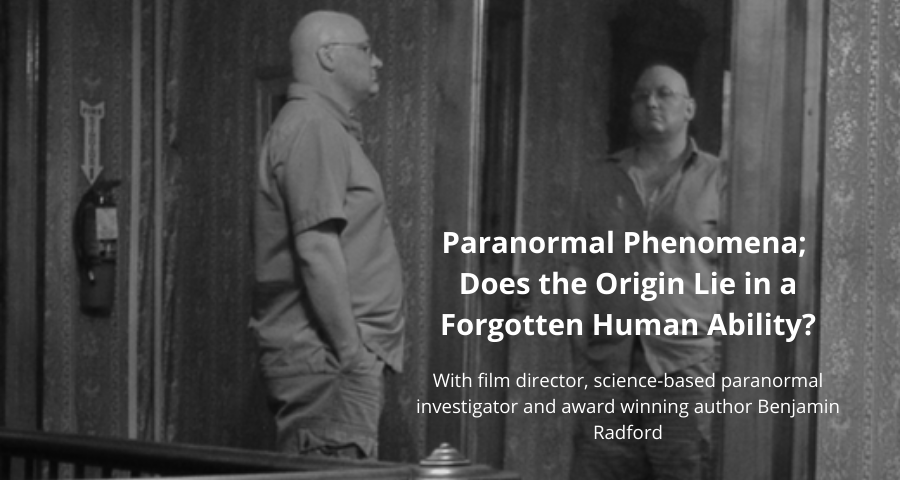
It is being said that when a ghost, spirit or demonic force is in the near…your hair is standing up straight due the static electrical charge it is moving in and/or with. But what if there is another reason for our hair to act this crazy from time to time?
What if we, the modern version of the Homo Sapiens, still possess a primordial but natural ability of blowing ourselves up, so to speak, as soon as we are in a stress or dangerous situation?
Indeed, an idea as such could be for some a ridiculous one but imagine you walking home from work and you are passing a dark allay. You will feel a little bit stressy due to the fact of you not knowing what might be hiding in the dark corners. This feeling of fear could be a left over from ancient times in order for us to sense if there is a blood thirsty predator or not and then to flee or fight?
I am your host Maria Anna van Driel and you are listening to “The Next Truth; Where Science and Myth Meet”. This week I am speaking with, film director, science-based paranormal investigator and award-winning author and co-author of over twenty books and thousands of articles on a wide variety of topics including urban legends, the paranormal, critical thinking, and media literacy, Benjamin Radford about if there could be a more Earthly explanation for what we have become to understand as “The Paranormal”.
[Top]Have We Misunderstood the Science of Mythology?
By Maria Anna van Driel, www.medium.com
Mythology is an artistic performance, so, yes, this study overlaps the ART in STE(A)M.

Once our whilom Earth saw an evolution in where people across oceans and vast tracts of land to then step onto and conquer, the territory of others. This sounds to grisly moments in history but this has not always been done with war-like thoughts and aggression. Many ancient civilizations have ‘conquered’ an uplifting and rich knowledge through sacred storytelling, aka Mythology and Folklore which express the beliefs and values about these subjects held by a certain culture, including our own.
Whether the story told lies in the framework of sacred symbolism drawn on the wall of a cave, the historical events shown in a documentary or, in science fictional movies, stories always brought the transformation of people’s surroundings into something else, something more than what was physically in front of their eyes.
In this I do not mean the entertainment that is produced for us, and that we consume. I mean the stories that are playing out in the midst of your life and that need to be told. The sacred story that unfolds in the ordinary moments, and in the midst of the joy and tragedy of being alive. Because yes, sacredstories are far from being a thing of the past.
Storytelling was of great importance to many civilizations from the past. Nowadays we tend to think of ‘stories’ being a 10 minute bed-time-story about fictional worlds and its habitants for our children to enter a dreamy world. But, storytelling is still holding this same importance, its meaning and our traditions which are often best conveyed not by theological statements or scholarly arguments, but by simply telling them.
Through storytelling, the “other” becomes real, human, and knowable, and barriers between seemingly separate individuals are erased. Stories can open our hearts in a way that few things can. They teach us about our origin both psychical and spiritual.
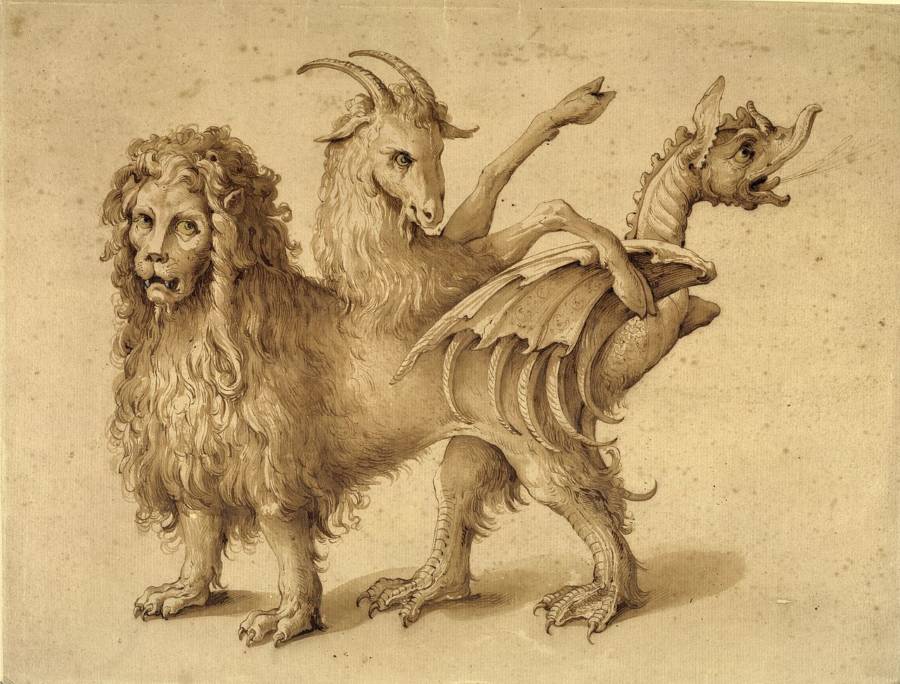
Why is the study of Mythology, Myth and Folklore important?
Regrettably, storytelling is often overlooked in contemporary education. Unusual or surprising, as it might sounds to those who tend to think of ancient stories falling in the remit of being ‘cinematic’, but mythology is an artistic performance, so, yes, this study overlaps the ART in STE(A)M.
The study of myth with its storehouse of narratives and images can help guide us by facilitating our personal and collective transition into a more vibrant reality. Myth reveals the unconscious narratives of both past and present, making the study of myth vitally important to our time and thus young people.
“If we think of myths as existential or fundamental stories—stories that without which we would not be us— this allows us to view mythology both in past and in present times, and to distinguish these stories from the wider term of “religion.” Anthropologist and Associate Professor at the University of Southern California, Tok Thompson says.
“All religions have myths, and as far as I’m aware—creation stories of how, for instance, people came to be. Myths can be distinct from institutional religion.”
By telling our story, whether it be adapted from a folk tale, sacred text, or a personal experience, we draw upon what can be considered as “the Torah of our lives” – the sacred text that lives within us all. Storytelling, like music and other creative endeavors, is a way to break through analytical modes of understanding.
In the books “The Truth of Myth” and “The Ancient Mythology of Modern Science: A Mythologist Looks (Seriously) at Popular Science Writing” the authors explore and argue that mythology, like science, is a means for approaching “truth”, and that mythology, through its powerful narratives shapes the sort of questions they ask, and the categories they assume to be natural.
“Myths are very much a part of our present day lives”, Professor Thompson explains. “Both myths in Western culture (like Jehovah creating the world, and mankind, or even of Ancient Aliens coming down and crafting our world), and those outside of Western culture (say, Native American myths, which are still very strong for many groups today— or indeed, in just about any non-Abrahamic tradition in the world.”
Pre-historic cave paintings, etchings in stone, tombs, and monuments, they all suggest that, long before human beings set down their myths in words, they had already developed a belief structure corresponding to the definition of `myth’.
The study of mythology is something we should encourage young people to enroll. Not only because this key-unlocking scientific field is exploring the interpretation of traditional and sacred tales of a culture, aka myths or, the collection of such stories which deal with various aspects of the human condition, it also express the beliefs and values about these subjects held by a certain culture and addresses the meaning of life and death, the afterlife and the gods or a god. So, what one might call ‘cinematic storytelling’ in the present day was of great importance to ancient civilizations.
In this we may say that both Mythology and the (sacred) stories told, are the origin of the, philosophical, life questions we are still asking ourselves. I wonder if this why they are still so powerful today?
A personal thought
Personally, I think that we have become this remote from the, or any, “truth” lies in the rapid evolution of artificial technologies creating a form of ‘creative laziness’. I mean, once we created our world(s) by voicing our thoughts, dreams and (spiritual) experiences. Today we accept the avalanche of information we read on this electronic highway, aka internet, without giving it a second thought. Creativity has almost disappeared from our existence and thus this world what once connected us with ourselves, other humans and animals on a psychological level. Sadly, but today we are being ridiculed, rejected, when expressing the believe in, for instance, the Akashic records. Why, because dozens of articles have written it all in this box what is labeled “Crap Factor”.
Still, these same people who call it, among others, ‘hypothetical nonsense’ do apply mathematical equations to their theories in order to proof the correctness of it. But, did you know that math is Mother nature’s logical philosophy on chaos what, in turn, seems to connect every species on both this planet and in the universe?
With my humble knowledge in Mythology, I am pretty sure that we can find several ancient stories speaking of such a connection which can be connected to, for instance, the Pythagorean Theorem.
Hum, it seems that we are allowed to remove this silly label from that infamous box after all.
[Top]
